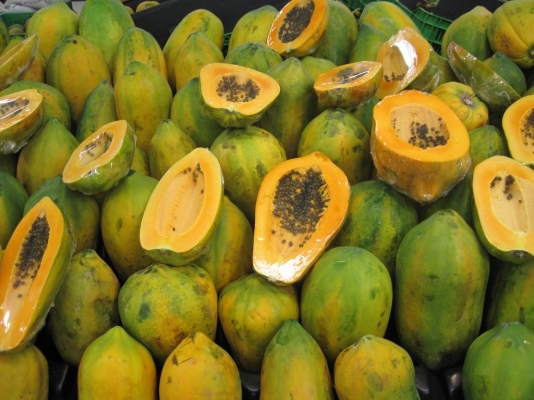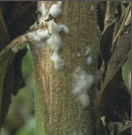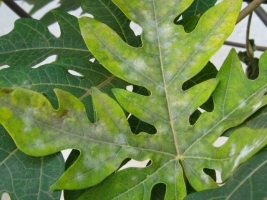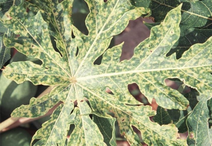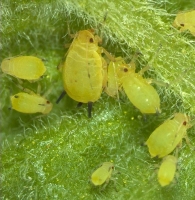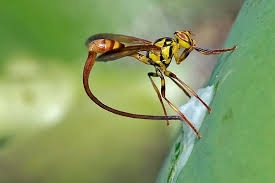General Information
Papaya or papita popular fruit is native of Maxico. It is nutritive also possess medicinal property. Papaya is rich source of Vitamin A and C. It is excellent for skin, its antioxidants help in controlling premature ageing, also useful in lowering blood cholesterol. Along with fruit, leaves also used in herbal products. Leaves are used in dengue fever treatment. India is leading producer of Papaya. Uttar Pradesh, Andhra Pradesh, Karnataka, Orissa, Gujarat, Assam, West Bengal, Kerala, Maharashtra and Madhya Pradesh are major Papaya growing states.

